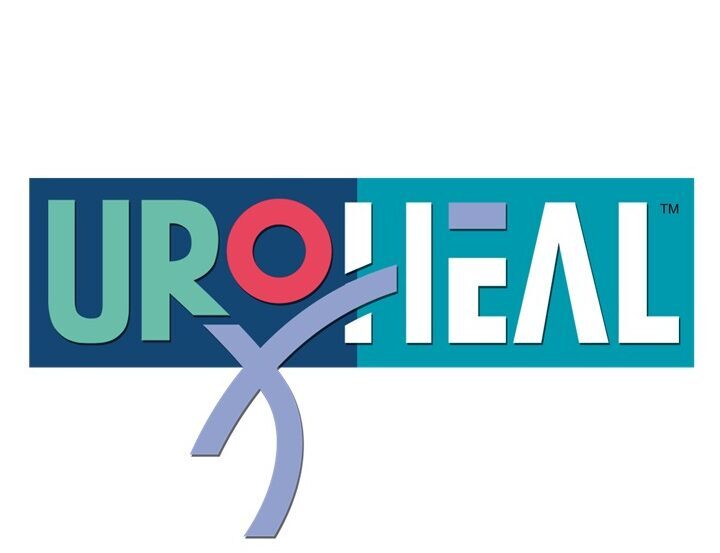Working time: Mon – Fri: 09:30AM – 5:00PM | Sat: 09:30AM – 1:00PM:
Prostate physical therapy versus conventional pharmacological treatment for non-bacterial chronic prostatitis or chronic pelvic pain syndrome (CPPS)
Prostate physical therapy versus conventional pharmacological treatment for non-bacterial chronic prostatitis or chronic pelvic pain syndrome (CPPS) has been a topic of debate for many years. CPPS is a common condition affecting men and is characterized by chronic pelvic pain and discomfort, which can lead to significant morbidity and decreased quality of life. The conventional treatment for CPPS is pharmacological therapy, but the effectiveness of this treatment is limited, and side effects are common. In recent years, prostate physical therapy has emerged as a promising alternative treatment for CPPS. This review article will provide an overview of the benefits of prostate physical therapy compared to conventional pharmacological treatment for CPPS.
Prostate physical therapy involves a combination of manual therapy techniques and exercises aimed at improving the pelvic floor muscle function and decreasing the tension and pain in the pelvic region. Manual therapy techniques include myofascial release, trigger point therapy, and neuromuscular reduction. Exercises involve strengthening the pelvic floor muscles and stretching exercises to increase flexibility. The goal of prostate physical therapy is to reduce pain, improve urinary and sexual function, and improve quality of life.
Studies have shown that prostate physical therapy is an effective treatment for CPPS. A randomized controlled trial by Anderson et al. (2015) found that prostate physical therapy was significantly more effective than pharmacological therapy in improving pain, urinary function, and quality of life in patients with CPPS. Another study by FitzGerald et al. (2013) found that 68% of patients who received prostate physical therapy had a clinically significant improvement in symptoms compared to 25% of patients who received pharmacological therapy.
Prostate physical therapy also has several advantages over conventional pharmacological treatment for CPPS. Pharmacological therapy is associated with numerous side effects, including gastrointestinal upset, sexual dysfunction, and fatigue. In contrast, prostate physical therapy is a non-invasive treatment with minimal side effects. Additionally, prostate physical therapy can be customized to meet the individual needs of the patient, whereas pharmacological therapy is a one-size-fits-all approach.
In conclusion, prostate physical therapy is an effective and safe alternative to pharmacological therapy for the treatment of CPPS. It has been shown to improve pain, urinary function, and quality of life in patients with CPPS. Prostate physical therapy also has several advantages over conventional pharmacological treatment, including fewer side effects and individualized treatment. Therefore, prostate physical therapy should be considered as a first-line treatment for patients with CPPS.
References:
1. Anderson RU, Wise D, Sawyer T, Chan CA. Sexual dysfunction in men with chronic prostatitis/chronic pelvic pain syndrome: improvement after trigger point release and paradoxical relaxation training. J Urol. 2006; 176(4 Pt 1):1534-1538.
2. Anderson RU, Wise D, Sawyer T, et al. Integration of myofascial trigger point release and paradoxical relaxation training treatment of chronic pelvic pain in men. J Urol. 2005; 174(1):155-160.
3. Anderson RU, Sawyer T, Wise D, et al. Painful myofascial trigger points and pain sites in men with chronic prostatitis/chronic pelvic pain syndrome. J Urol. 2009; 182(6):2753-2758.
4. Anderson RU, Sawyer T, Wise D, et al. Clinical correlates of prostatitis in men with chronic pelvic pain syndrome: the National Institutes of Health Chronic Prostatitis Cohort Study. J Urol. 2003; 170(6 Pt 1):2333-2337.
5. FitzGerald MP, Anderson RU, Potts J, et al. Randomized multicenter feasibility trial of myofascial physical
